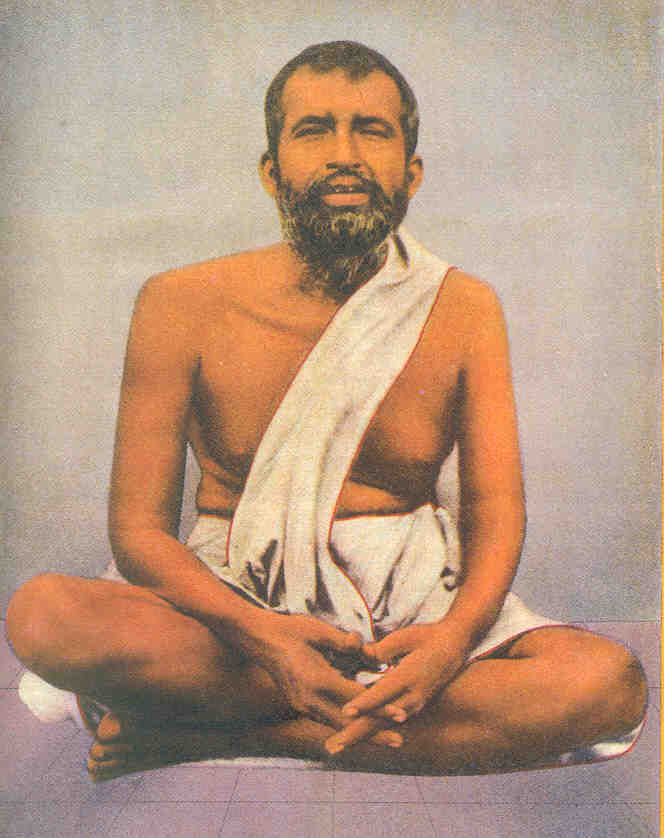About Bharatiya Sanatana Dharmam otherwise known as Hinduism : Chapter- 12 Hindu Philosophy-II (The Schools of Vedanta) - Swami Sivananda.
============================================================================
==========================================================================
Sunday, January 02, 2022. 6:00. AM.
All About Bharatiya Sanatana Dharmam otherwise known as Hinduism
Chapter - 12.
Hindu Philosiphy-II
(The Schools of Vedanta)
===========================================================================
Brahman–The One Without A Second :
The Atman is self-evident (Svatah-siddha). It is not established by extraneous proofs. It is not possible to deny the Atman, because It is the very essence of the one who denies It. The Atman is the basis of all kinds of knowledge, presuppositions and proofs. Self is within, Self is without; Self is before, Self is behind; Self is on the right, Self is on the left; Self is above and Self is below.
Brahman is not an object, as It is Adrisya, beyond the reach of the eyes. Hence the Upanishads declare: “Neti Neti–not this, not this, not that.” This does not mean that Brahman is a negative concept, or a metaphysical abstraction, or a nonentity, or a void. It is not another. It is all-full, infinite, changeless, self-existent, self-delight, self-knowledge and self-bliss. It is Svarupa, essence. It is the essence of the knower. It is the Seer (Drashta), Transcendent (Turiya) and Silent Witness (Sakshi).
Sankara’s Supreme Brahman is impersonal, Nirguna (without Gunas or attributes), Nirakara (formless), Nirvisesha (without special characteristics), immutable, eternal and Akarta (non-agent). It is above all needs and desires. It is always the Witnessing Subject. It can never become an object as It is beyond the reach of the senses. Brahman is non-dual, one without a second. It has no other beside It. It is destitute of difference, either external or internal. Brahman cannot be described, because description implies distinction. Brahman cannot be distinguished from any other than It. In Brahman, there is not the distinction of substance and attribute. Sat-Chit-Ananda constitute the very essence or Svarupa of Brahman, and not just Its attributes.
The Nirguna Brahman of Sankara is impersonal. It becomes a personal God or Saguna Brahman only through Its association with Maya.
Saguna Brahman and Nirguna Brahman are not two different Brahmans. Nirguna Brahman is not the contrast, antithesis or opposite of Saguna Brahman. The same Nirguna Brahman appears as Saguna Brahman for the pious worship of devotees. It is the same Truth from two different points of view. Nirguna Brahman is the higher Brahman, the Brahman from the transcendental viewpoint (Paramarthika); Saguna Brahman is the lower Brahman, the Brahman from the relative viewpoint (Vyavaharika).
---------------------------------------------------------------------------------------------------------------------------
The World–A Relative Reality :
The world is not an illusion according to Sankara. The world is relatively real (Vyavaharika Satta), while Brahman is absolutely real (Paramarthika Satta). The world is the product of Maya or Avidya. The unchanging Brahman appears as the changing world through Maya. Maya is a mysterious indescribable power of the Lord which hides the real and manifests itself as the unreal: Maya is not real, because it vanishes when you attain knowledge of the Eternal. It is not unreal also, because it exists till knowledge dawns in you. The superimposition of the world on Brahman is due to Avidya or ignorance.
To be continued ....
Next : Nature Of The Jiva And The Means To Moksha
==========================================================================




.jpg)

Comments
Post a Comment